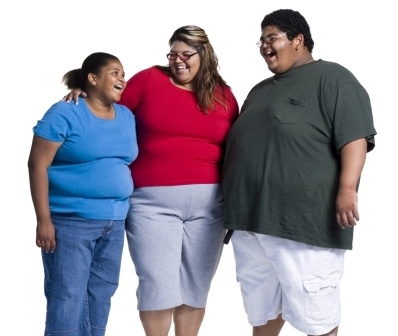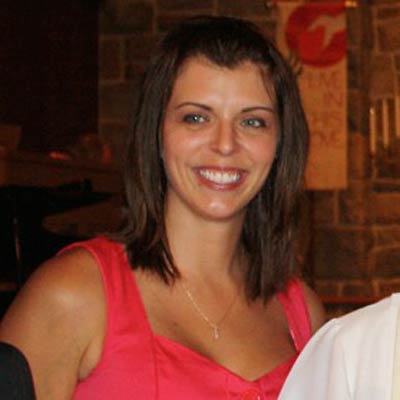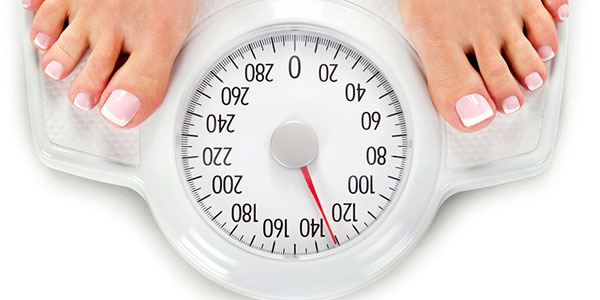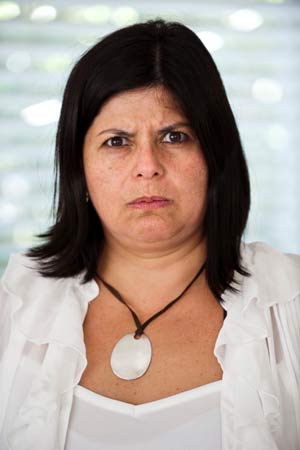3 Ways Of Measuring Body fat
1. Underwater Weighing:
Underwater weighing is the most accurate method for determining your percent body fat, but it’s the least practical because it’s done with sophisticated equipment at university research facilities. This method is based on the premise that fat floats – think of how oil rises to the top in a bottle of salad dressing. Therefore, by submerging a body in a tub of water, you can determine how much of it is lean and how much is not.
You sit in a large tank or tub full of water in a special chair with a weight belt around your waist. A trained technician then submerges you beneath the surface of the water as you force all the air out of your lungs. You must remain underwater for about 10 seconds so that the technician can record your weight. The technician repeats this procedure eight to ten times in order to determine an average.

The technician measures your body’s volume by computing the difference between your body’s weight measured in air and its weight underwater. The technician then calculates your body density by dividing your body mass by the volume of the water that it displaces, minus any air left in your lungs. After computing density, the technician uses another formula to determine your percent body fat.
2. Skin fold thickness:
Measuring skin-fold thickness (the amount of fat just under the skin) is a simpler method for determining percent body fat. When done by an experienced person, it is a very accurate predictor of total body fat. However, this method can yield inaccurate results if not done by a skilled practitioner or if performed on an older person or on someone who is severely overweight. Given that the results can vary greatly depending on the practitioner, you should view the results skeptically.
A person trained in skin-fold measuring, such as a doctor, dietitian, or health club staffer, measures your skin-fold thickness by using skin-fold calipers at the upper arm, upper back, lower back, stomach, and upper thigh. The technician takes two sets of measurements and obtains an average at each site. Then he or she converts the millimeters that the calipers measure and places those numbers in a formula to arrive at the percent body fat of your entire body.
3. Bioelectrical impedance:
Bioelectrical impedance is another relatively simple method for determining percent body fat, but it can produce inaccurate results if a person is dehydrated, over hydrated, severely overweight, or older with little muscle mass.
A trained technician takes readings from a machine that delivers a harmless amount of electrical current through your body to estimate total body water, which reflects the amount of muscle or lean tissue you have. (Muscle contains water, and fat contains very little water.) The technician then determines the amount of body fat you have between your body weight and your lean tissue.
-
Why You Dont Need To Follow Rules If Youre Trying To Be Healthy
-
Top Weight-Loss Secrets: How Women in the Army Lose Baby Fat
V
-
5 Tell-Tale Signs That You Have Hit a Weight Loss Plateau
Nothing is more frustrating to a dieter
-
Fidgeting: The Natural Weight Loss Diet
Its now official. The simple act of fidgeting can mean the differe
-
Get Rid Of Stress To Lose Weight
Stress is the common problem of every squeezed face these days. All of
-
Simple Tricks To Helping You Lose Weight
Losing weight can be a challenge, but if you follow through you&
- DON'T MISS
- Tips to Lose Calories
- Tips to Smarter Snacking
- The Ultimate Fat Loss Circuit
- About FDA-approved Weight Loss Drugs
- What Is Hcg-milestone On Weight Loss History
- Why Your Diet Do Not Work
- Blow Those Fat Cells To Smitherines In Just 9 Short Days
- Protein Shakes
- A Look at Weight Loss Infomercials
- When You Fight a Food Craving... Its Already Too Late!




